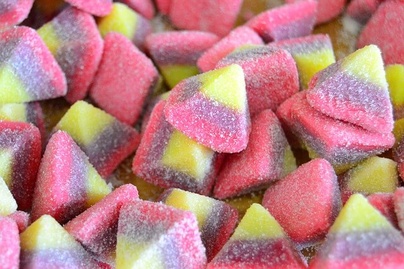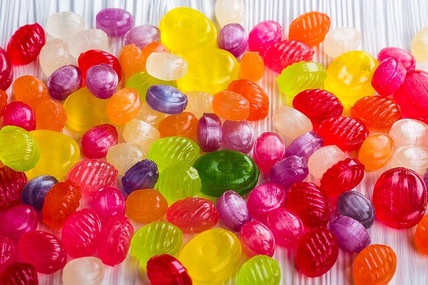Identifying dyes in food seems to be an easy thing to do. It's true that rainbow candy and flashy drinks can't fool us. However, food coloring is present in many more foods than you might think: soups, salads and other prepared foods often contain large amounts of it.
These additives are listed on product labels, but most of the time, the amount in which they are found is not. If you or your children consume large amounts of soda, cake, candy or prepared foods, the dose of dyes ingested skyrockets, inevitably leading to health consequences, which children are most likely to experience, even at low doses.

In 2007, a study published in The Lancet concluded that food coloring combined with the preservative sodium benzoate can cause some children to become hyperactive and distracted. This is not the first time that such a link has been established. In fact, as early as 1994, researchers found that 73% of children with ADHD (Attention Deficit Hyperactivity Disorder) responded favorably when synthetic dyes were removed.
The British Food Standards Agency (FSA) has also published the results of a study of 153 children aged 3 years and 144 children aged 8 or 9 years. None of them showed any signs of AHT. Some were given drinks containing different mixtures and doses of dyes, similar to those contained in a 56-gram package of candy. Among these, E110 or orange yellow S, E122 or carmoisine, E102 or tartrazine, E124 or ponceau 4 R, E104 or quinoline yellow, E129 or allura red and E211, the famous preservative sodium benzoate. The others received placebo fruit juice, completely natural. At the same time, tests were set up to judge the children's behavior and degrees of hyperactivity, impulsivity and attention disorders.
The results are stark: children who imbibed the chemical and colored cocktails had unquestionably increased levels of hyperactivity, and this was true even without consuming all of their drinks.

Purdue University reveals that many children may be consuming hundreds (!) of milligrams of dyes daily, doses that have never been studied for their health effects. According to Laura Stevens, a researcher in the Department of Nutritional Sciences at this university: "In the 1970s and 1980s, many studies were conducted with children consuming 26mg of dyes. Only a few children seemed to respond to these and it was concluded that a diet without artificial coloring was not helpful.
Subsequent studies using higher doses showed that a much larger percentage responded, but the doses were called excessive by the researchers. "
The Center for Science in the Public Interest (CPSI) also revealed that nine of the dyes approved in the U.S. are directly linked to health problems ranging from cancer to hyperactivity or allergic reactions. The red dye E129, in particular, is one of the most widely used dyes and can accelerate the development of tumors in mice, as well as triggering hyperactivity in children. The yellow dye E102 is also directly linked to attention disorders and hyperactivity in children.
Be vigilant about feeding your little angels. When foods are processed, they not only lose their nutritional value, but the natural textures and tastes are also completely lost, leaving a "bland" feeling that is directly compensated for by the addition of artificial colors, flavors and other preservatives, by companies, in order to give interest to their products. These foods become real additive bombs.
If you "must" buy processed foods, the organic varieties are free of artificial colors, but it's clear that if you want your children's best interests at heart, getting back in the kitchen to prepare healthy, homemade meals is the most radical and beneficial step.